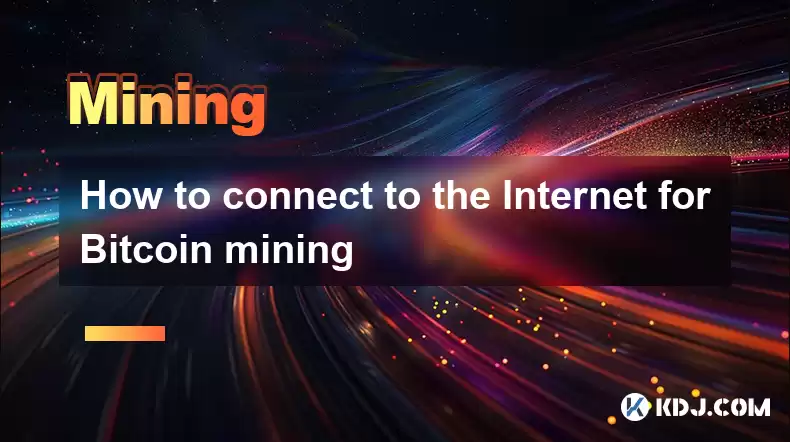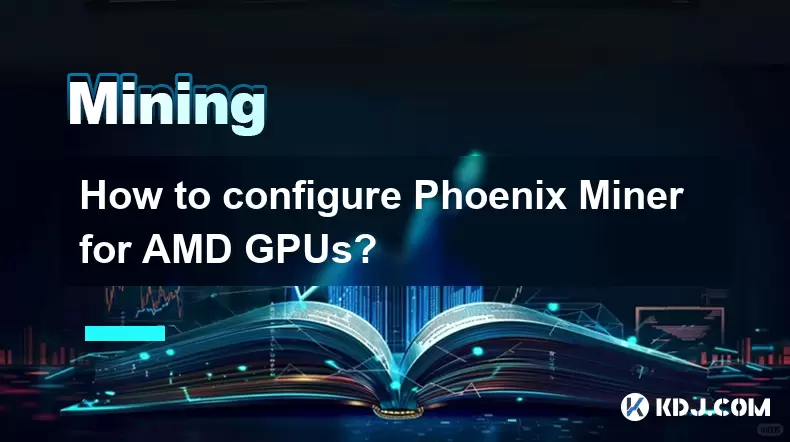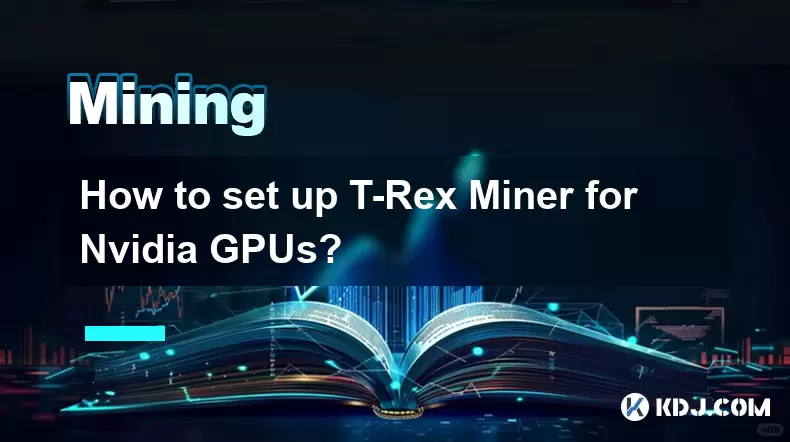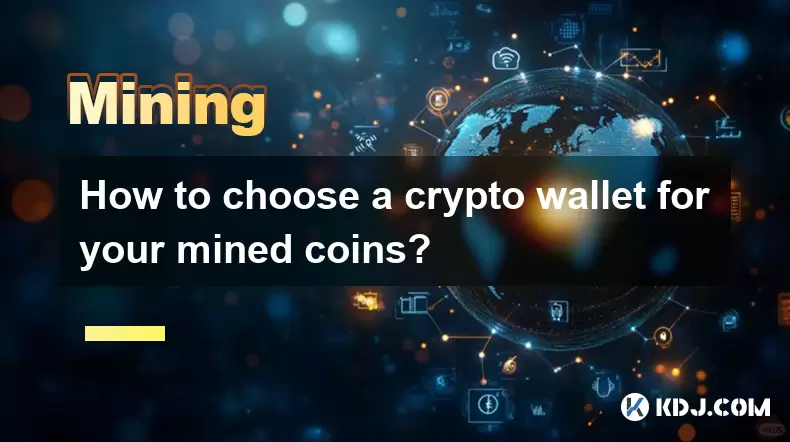-
 Bitcoin
Bitcoin $117800
0.42% -
 Ethereum
Ethereum $4436
0.39% -
 XRP
XRP $3.106
0.86% -
 Tether USDt
Tether USDt $1.001
0.04% -
 BNB
BNB $835.4
1.26% -
 Solana
Solana $188.8
2.21% -
 USDC
USDC $0.9999
0.00% -
 Dogecoin
Dogecoin $0.2302
2.98% -
 TRON
TRON $0.3484
-1.05% -
 Cardano
Cardano $0.9212
-1.20% -
 Hyperliquid
Hyperliquid $46.77
-0.77% -
 Chainlink
Chainlink $22.76
5.64% -
 Stellar
Stellar $0.4278
0.68% -
 Sui
Sui $3.771
2.39% -
 Bitcoin Cash
Bitcoin Cash $583.7
-0.91% -
 Ethena USDe
Ethena USDe $1.001
0.04% -
 Hedera
Hedera $0.2520
2.88% -
 Avalanche
Avalanche $24.28
2.56% -
 Litecoin
Litecoin $120.1
1.44% -
 Toncoin
Toncoin $3.452
1.46% -
 UNUS SED LEO
UNUS SED LEO $9.409
-0.95% -
 Shiba Inu
Shiba Inu $0.00001298
2.02% -
 Uniswap
Uniswap $11.01
3.56% -
 Polkadot
Polkadot $3.962
2.81% -
 Dai
Dai $1.000
0.00% -
 Bitget Token
Bitget Token $4.639
1.16% -
 Cronos
Cronos $0.1511
-0.06% -
 Ethena
Ethena $0.7254
2.87% -
 Monero
Monero $255.7
7.41% -
 Pepe
Pepe $0.00001101
2.80%
How to connect to the Internet for Bitcoin mining
Securing a stable internet connection, configuring router firewall and port forwarding, leveraging a dynamic DNS service, and testing connectivity ensure uninterrupted Bitcoin mining operations.
Jan 12, 2025 at 07:50 pm

Key Points:
- Choose a reliable internet connection: A stable and high-speed internet connection is crucial for seamless mining operations.
- Configure your router's firewall: Adjust firewall settings to allow incoming connections necessary for mining communication.
- Set up port forwarding: Forward the necessary ports (such as stratum ports) to your mining device from your router.
- Use a dynamic DNS service: Mitigate IP address changes with a dynamic DNS service for uninterrupted mining operations.
- Test your connection: Verify your mining device's connection to the mining pool and check for any obstacles.
How to Connect to the Internet for Bitcoin Mining:
1. Choose a Reliable Internet Connection:
Select an internet service provider (ISP) that offers a стабилен, high-speed connection with low latency. Consider fiber optic broadband, cable, or DSL internet for optimal connectivity. Fiber optic connections provide the highest transmission capacity, while cable and DSL offer affordable and reliable options.
2. Configure Your Router's Firewall:
Check the manufacturer's instructions for your router to access its settings and enable the following ports:
- Stratum port: Used for connecting to mining pools and receiving mining information.
- Outgoing ports: Ports from which your mining device sends data.
- Ping port: Allows external devices to check the availability of your mining device.
Disable any firewall rules that may restrict incoming connections to these ports.
3. Set Up Port Forwarding:
Forward the above-mentioned ports to the IP address of your mining device. This ensures that incoming mining-related connections are properly directed to your device.
- Access your router's configuration page.
- Find the Port Forwarding or Virtual Server section.
- Add a new port forwarding rule for each port needed by mining software.
Configure the following parameters:
- External Port: Enter the port number that will be used to forward connections (e.g., Stratum Port).
- Internal IP: Enter the IP address of your mining device.
- Internal Port: Enter the same port number as the External Port.
4. Use a Dynamic DNS Service:
Depending on your ISP, your IP address may change over time. To avoid disruptions, use a dynamic DNS (DDNS) service, which maps a hostname to your dynamic IP address. This ensures that your mining rig can always be reached at the same hostname.
- Several free and paid DDNS services are available, such as DynDNS, No-IP, and DuckDNS.
- Create an account and configure your domain or hostname.
- Update your mining software to use the DDNS hostname instead of your IP address.
5. Test Your Connection:
Run a network test or use command-line tools to ensure that your mining device can connect to the mining pool and the necessary ports are accessible.
- Pool connectivity test: Use a tool like Poolwatch or enter your mining pool URL in a web browser to test connectivity.
- Port test: Use the "nc" command (available in Linux terminals) to test port accessibility. For example: "nc -vz hostname port_number", where hostname is your mining pool URL and port_number is the stratum port.
By following these steps and ensuring a reliable internet connection, you can effectively connect your Bitcoin mining device to the internet and optimize your mining operations.
FAQs:
- Q: Is an Ethernet connection better than a Wi-Fi connection for mining?
A: Yes, an Ethernet connection is preferred as it provides a more stable and faster connection compared to Wi-Fi. Ethernet reduces latency and eliminates potential interference from other devices. - Q: Can I use a VPN to connect to mining pools?
A: Using a VPN may hinder your mining performance due to the additional latency it introduces. It's generally not advisable unless you require enhanced privacy or want to bypass geographic restrictions. - Q: How often should I reboot my mining rig?
A: Rebooting your mining rig periodically can help resolve hardware or software issues that may slow down or disrupt mining. Restarting once every few weeks or months is recommended. - Q: How can I improve my mining efficiency?
A: Optimizing your mining hardware, such as overclocking or undervolting, can enhance efficiency. Ensuring proper cooling to prevent overheating and selecting efficient mining pools are also crucial. - Q: Is it necessary to have a static IP address for mining?
A: Some mining pools require a static IP address for their operations. By using a DDNS service as outlined in the above steps, you can effectively substitute for a static IP and avoid any potential disruptions.
Disclaimer:info@kdj.com
The information provided is not trading advice. kdj.com does not assume any responsibility for any investments made based on the information provided in this article. Cryptocurrencies are highly volatile and it is highly recommended that you invest with caution after thorough research!
If you believe that the content used on this website infringes your copyright, please contact us immediately (info@kdj.com) and we will delete it promptly.
- Kazakhstan's Crypto Leap: Bitcoin ETF and Central Asia's Digital Finance Future
- 2025-08-13 12:45:19
- BlockDAG Presale Blazes Past $371M: Fundraising Frenzy Fuels Crypto Sensation
- 2025-08-13 13:05:21
- Meme Coins: Chasing the 2025 Surge – Which Will Moonshot?
- 2025-08-13 10:25:23
- Bitcoin's Wild Ride: Rally, Pullback, and What's Next
- 2025-08-13 10:25:23
- Bitcoin, Bitmax, and Institutional Demand: A New Era of Crypto Investment
- 2025-08-13 10:45:12
- Solana, ROAM, and Airdrops: What's the Buzz in 2025?
- 2025-08-13 11:35:13
Related knowledge

How to configure Phoenix Miner for AMD GPUs?
Aug 11,2025 at 03:21am
Understanding Phoenix Miner and Its Compatibility with AMD GPUsPhoenix Miner is a lightweight, high-performance Ethereum mining software designed for ...

How to set up T-Rex Miner for Nvidia GPUs?
Aug 10,2025 at 12:07am
Understanding T-Rex Miner and Its Compatibility with Nvidia GPUsT-Rex Miner is a high-performance mining software designed specifically for Nvidia GPU...

What is "proof-of-work" and how does it relate to mining?
Aug 07,2025 at 02:03pm
Understanding the Concept of Proof-of-WorkProof-of-work (PoW) is a consensus mechanism used in blockchain networks to validate transactions and secure...

How to choose a crypto wallet for your mined coins?
Aug 13,2025 at 11:36am
Understanding the Types of Crypto Wallets for Mined CoinsWhen selecting a crypto wallet for your mined coins, the first step is to understand the diff...

What are the differences between mining on Windows vs. Linux?
Aug 06,2025 at 11:29pm
Overview of Cryptocurrency Mining PlatformsCryptocurrency mining involves using computational power to solve complex cryptographic puzzles and validat...

How to use an old computer for cryptocurrency mining?
Aug 07,2025 at 12:42pm
Understanding the Feasibility of Using an Old Computer for MiningUsing an old computer for cryptocurrency mining may seem outdated, but it is still te...

How to configure Phoenix Miner for AMD GPUs?
Aug 11,2025 at 03:21am
Understanding Phoenix Miner and Its Compatibility with AMD GPUsPhoenix Miner is a lightweight, high-performance Ethereum mining software designed for ...

How to set up T-Rex Miner for Nvidia GPUs?
Aug 10,2025 at 12:07am
Understanding T-Rex Miner and Its Compatibility with Nvidia GPUsT-Rex Miner is a high-performance mining software designed specifically for Nvidia GPU...

What is "proof-of-work" and how does it relate to mining?
Aug 07,2025 at 02:03pm
Understanding the Concept of Proof-of-WorkProof-of-work (PoW) is a consensus mechanism used in blockchain networks to validate transactions and secure...

How to choose a crypto wallet for your mined coins?
Aug 13,2025 at 11:36am
Understanding the Types of Crypto Wallets for Mined CoinsWhen selecting a crypto wallet for your mined coins, the first step is to understand the diff...

What are the differences between mining on Windows vs. Linux?
Aug 06,2025 at 11:29pm
Overview of Cryptocurrency Mining PlatformsCryptocurrency mining involves using computational power to solve complex cryptographic puzzles and validat...

How to use an old computer for cryptocurrency mining?
Aug 07,2025 at 12:42pm
Understanding the Feasibility of Using an Old Computer for MiningUsing an old computer for cryptocurrency mining may seem outdated, but it is still te...
See all articles

























































































